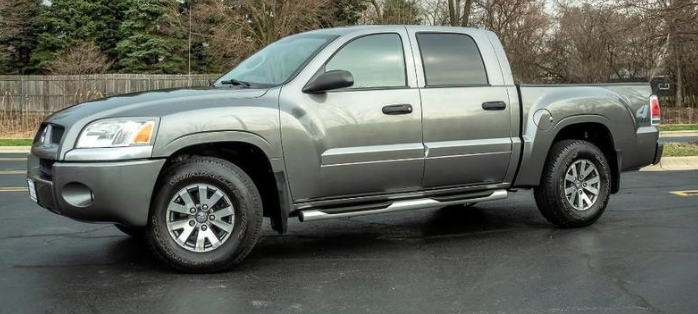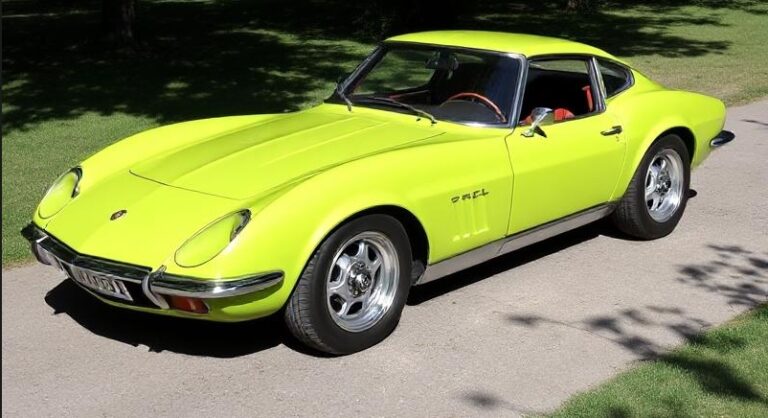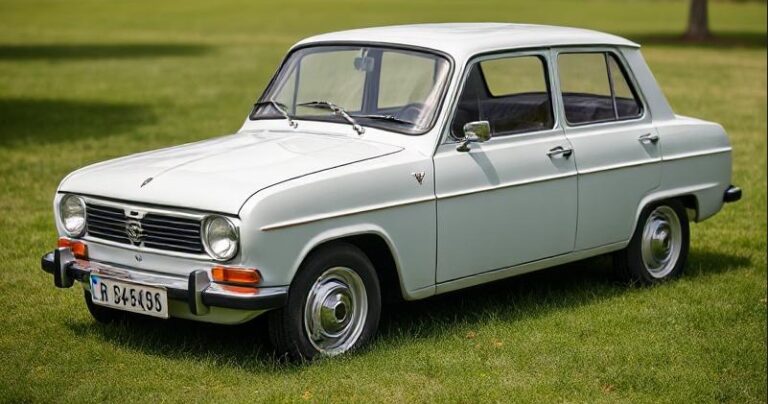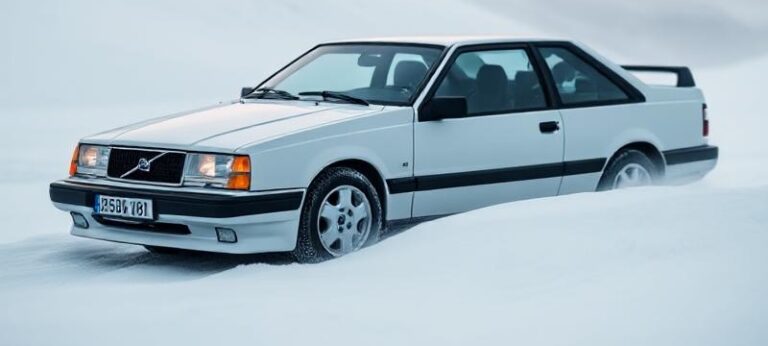The Evolution of the Holden Barina
The Holden Barina, a small subcompact car produced primarily for the Australian and international markets, has a storied history marked by multiple generations, model updates, and various trim levels. Over its production span, the Barina has evolved from a rebadged international model to a distinctly Australian offering, reflecting changing automotive trends, technological advances, and market demands.
Origins and First Generation (1985–1988)
Introduction and Background
The Holden Barina was first introduced in Australia in 1985, derived from the Suzuki Alto/Suzuki Swift platform. Initially, it was sold as the Holden Barina, a badge-engineered version of the Suzuki Alto, marking Holden’s entry into the subcompact segment.
Models and Trim Levels
The first-generation Barina (1985–1988) was available primarily in a single trim, emphasizing affordability and practicality. It was powered by a 1.0-liter or 1.2-liter petrol engine, with manual transmission being standard and automatic optional.
Key Features
- Basic interior with minimal luxury features
- Available as a 3-door hatchback
- Limited safety features by modern standards
Second Generation (1989–1994)
Rebranding and Platform Shift
In 1989, Holden introduced the second-generation Barina, based on the Suzuki Swift platform, reflecting a shift towards a more modern design and improved engineering.
Models and Trim Levels
During this period, Holden offered the Barina in several trims, including:
- Base Model: Focused on economy and simplicity
- GL: Featuring additional interior comfort and optional features
- GT (in some markets): Sportier trim with performance-oriented features
Design and Features
- Slightly larger dimensions with improved interior space
- Introduction of better safety features such as seat belts and improved crash protection
- Engine options remained similar, with some markets offering a 1.3-liter engine
Third Generation (1994–2001)
Rebranding as Opel/Vauxhall
The third-generation Barina was developed as part of GM’s global platform sharing, with versions sold in Europe under the Opel or Vauxhall brands, alongside Holden.
Models and Trim Levels
Holden’s offerings included:
- Standard: Basic hatchback with manual transmission
- CD: Mid-range offering with additional comfort features
- CDX: Top-tier trim with luxury features, power windows, alloy wheels
Design and Innovations
- More aerodynamic styling
- Introduction of optional features like air conditioning, upgraded audio systems
- The engine lineup expanded to include 1.4-liter and 1.6-liter petrol engines
Fourth Generation (2001–2005)
Global Platform and Market Positioning
The fourth-generation Barina was built on the GM-S platform, shared with models like the Opel Corsa. It was introduced in 2001 and marked a significant step in modernizing the vehicle.
Models and Trim Levels
Available trims included:
- LS: Entry-level with basic features
- LT: Mid-range with added comfort and convenience
- LTZ: Top specification with features like power windows, air conditioning, and upgraded interior
Design and Features
- More rounded, contemporary styling
- Enhanced safety features, including airbags in later models
- Introduction of a 1.4-liter engine option across most trims
Fifth Generation (2005–2011)
Rebadged Opel Corsa and Local Production
In 2005, Holden launched the fifth-generation Barina, which was a rebadged Opel Corsa C, assembled locally in Australia. This generation marked a shift towards more refined styling and improved technology.
Models and Trim Levels
The lineup evolved to include:
- Barina CS (2005–2011): The model name used during this period
- LS: Basic model with manual transmission
- LSi: Mid-range with optional features and more comfort
- SRi: Sportier trim with sport suspension, styling enhancements, and sometimes a 1.6-liter engine
Design and Features
- Sharper, more modern exterior styling
- Increased safety with the inclusion of airbags and ABS in later years
- Introduction of features like power steering, air conditioning, and upgraded audio systems in higher trims
- The SRi trim offered sport suspension, unique alloy wheels, and sportier aesthetics
Sixth Generation (2011–2016)
Rebadged Opel Corsa D and Local Production
The sixth-generation Holden Barina, known as the Barina Spark in some markets, was introduced in 2011. It was based on the Opel Corsa D platform and was assembled in Australia.
Models and Trim Levels
Trim levels included:
- LS: Entry-level with basic features
- LT: Mid-range with additional comfort features
- LTZ: Top-end with premium features such as alloy wheels, Bluetooth connectivity, and upgraded interiors
Design and Features
- Compact and modern design
- Focus on fuel efficiency and urban practicality
- Safety features like multiple airbags and stability control became standard
- Engine options typically included a 1.2-liter or 1.4-liter petrol engine
Seventh Generation (2016–2019)
Rebadged Opel Corsa and Global Platform
The seventh-generation Barina was introduced in 2016, continuing its rebadged Opel Corsa D lineage. Production was primarily in South Korea, with the model aimed at competitive urban mobility.
Models and Trim Levels
- LS: Basic features
- LT: Mid-range with added convenience
- LTZ: Premium trim with features like alloy wheels, touchscreen infotainment, and safety tech
Design and Features
- Slightly more refined styling with modern aesthetics
- Enhanced safety features, including rearview cameras and parking sensors
- Improved ride comfort and technology integration
.
MANY auto lovers not only spend time in their garages to tinker on their autos, but have other projects going on in there as well. Wood working is a popular pastime for the creative type of individual. Not sure what to make next? Or thinking about getting into this kind of hobby? There’s lots of possibilities… Here’s some of them…

.
Discontinuation and Legacy
End of Production
Holden officially discontinued the Barina in 2019, marking the end of an era for one of Australia’s most recognizable small cars. The decision was part of Holden’s broader restructuring and focus on SUVs and electric vehicles.
Legacy and Impact
The Holden Barina’s evolution reflects broader trends in the automotive industry: global platform sharing, emphasis on safety and technology, and adapting to urban mobility needs. Its various trim levels over the years catered to a wide range of consumers—from budget-conscious buyers to those seeking more luxury and sportiness.
Summary Timeline
| Year Range | Generation | Key Features | Notable Trim Levels |
|---|---|---|---|
| 1985–1988 | 1st Gen | Rebadged Suzuki Alto | Basic, no trims specifically named |
| 1989–1994 | 2nd Gen | Improved design, safety | Base, GL, GT (some markets) |
| 1994–2001 | 3rd Gen | Opel/Vauxhall platform | Standard, CD, CDX |
| 2001–2005 | 4th Gen | GM-S platform, modern styling | LS, LT, LTZ |
| 2005–2011 | 5th Gen | Rebadged Opel Corsa C, local assembly | LS, LSi, SRi |
| 2011–2016 | 6th Gen | Opel Corsa D platform | LS, LT, LTZ |
| 2016–2019 | 7th Gen | Opel Corsa D rebadged, updated features | LS, LT, LTZ |
Conclusion
The Holden Barina’s evolution from a simple rebadged Suzuki to a modern, feature-rich small car illustrates the significant transformations in automotive design, safety, and technology over the past few decades. Its various models and trim levels catered to diverse customer needs, reflecting Holden’s commitment to providing accessible mobility solutions. Although discontinued, the Barina remains a notable chapter in Australian automotive history, exemplifying the global nature of car manufacturing and the importance of regional adaptations.







